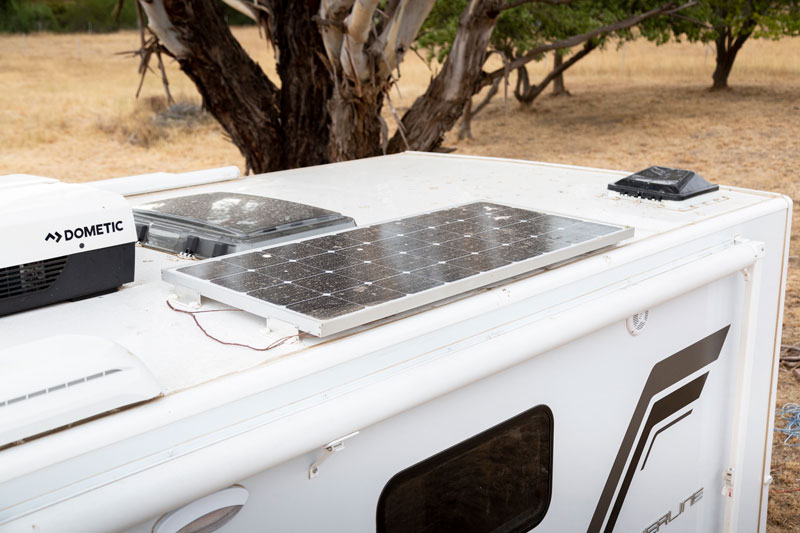
12V Guru – Optimising your Solar Power System
Solar Panels installed on your vehicle roof? Our 12V Guru discusses how to optimise their performance in place of buying more panels
Your propane tank is the key to comfortable camping in an RV, camper van, or travel trailer. It fuels everything you need to cook, clean, shower, and even sleep comfortably. Running out of propane is a camper’s worst nightmare, but it can be hard to tell when you’re running low.
In this guide, we’ll dive deep into the world of propane tanks so you can set out on your next adventure with confidence:
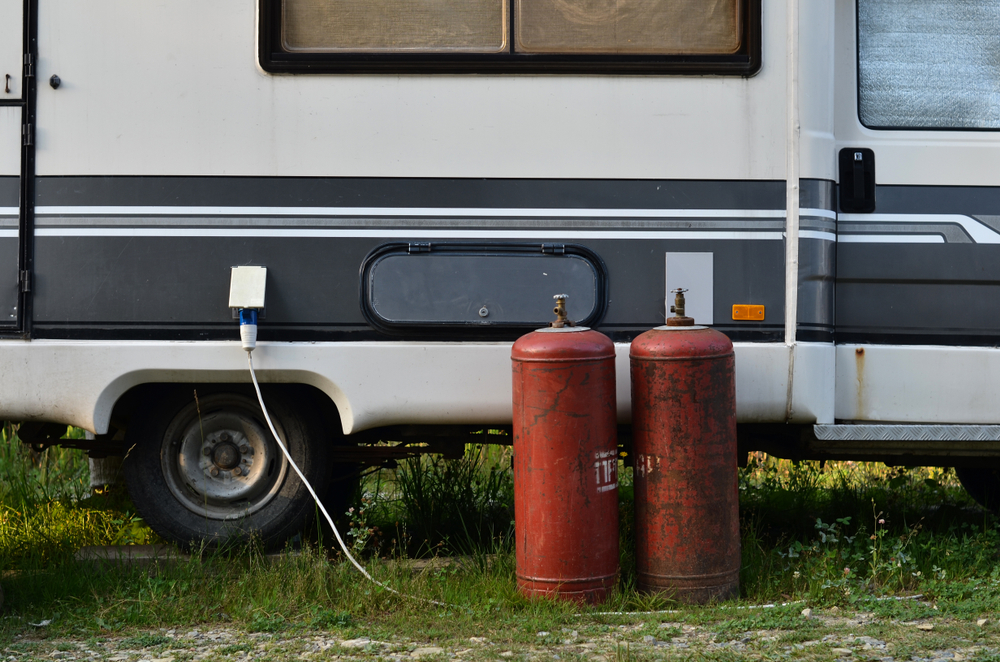
A propane tank is full of liquified petroleum gas (LP gas), a colorless, odorless fuel that is compressed and stored so you can safely and compactly carry it with you.
When it comes to RVing, propane is a reliable fuel source for all kinds of systems, including the water heater, refrigerator, stove, furnace, and other small appliances.
DOT cylinders are what you would normally think of when you hear the term ‘propane tank.’ DOT cylinders (named for their Department of Transportation endorsement) are mounted vertically on the tongue or back bumper of towable trailers like campers, fifth-wheels, and popups.
DOT tanks are not permanently fixed to the RV, so they’re easy to move to a different location or swap them out when they’re empty. Sometimes you’ll see them in pairs on RVs because they’re smaller and easier to carry or change out.
ASME tanks are most often found on larger, motorized RVs. Unlike a DOT cylinder, the ASME tank mount is permanently built into the frame of the motorhome itself, so ASME tanks are not removable. You’ll usually find a stand-alone tank positioned horizontally underneath the cabin close to the main entryway.
Each remote temperature sensor should be battery-powered, wireless, water-resistant, and designed to easily fit—and stay—in its desired location.
There are two common DOT cylinder tank sizes: 20-pounds and 33-pounds.
20-pound tanks are what you find at a grocery store or gas station, and though 33-pound tanks hold more, they’re typically only found at home improvement or specialty stores.
For smaller RVs or camper vans, you can also find 5-pound and 11-pound DOT tanks or under-slung propane tanks that can be installed vertically under a camper van.
Since ASME tanks are permanently attached to the RV, they come in all sizes— anywhere from 20 pounds to 420 pounds!
Running out of propane can really set your camping trip off course. It is much cheaper to refill your propane tank than it is to replace it. But if you think your tank is totally empty, it can be hard to tell. There are two routes you can take to measure your propane level. You can manually check it or you can use a remote monitoring system. Let’s explore all the options.
For this method, you’ll want to pick up a propane gauge on Amazon or at a camping/hardware store. The benefit of this method is you can leave your tank installed on the RV while making your measurement.
For this method, you’ll need to make sure you have a scale and a good old-fashioned pen and paper because you’re going to have to do some math.
The manual methods are useful to know but can be time-consuming and still leave you feeling unsure about the final weight. If lifting heavy tanks and pulling out extra equipment isn’t exactly the adventure you planned, you might consider a remote monitoring system.
The most reliable way to monitor your propane tank is with a remote system. No more warm water testing, repeatedly weighing tanks, or fortune-telling. With Bluetooth and a smartphone, you can monitor multiple tanks at once, and you’ll never run out of fuel again.
We’ve spent a lot of time helping campers solve this problem and have developed a Bluetooth-enabled propane monitoring system to meet their needs. We call it SmartSense.
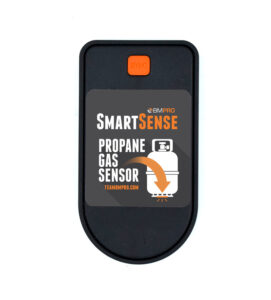
Take the guesswork out of your propane tank level with BMPRO’s SmartSense. The compact, lightweight, tough, dust and water-resistant sensors allow you to keep tabs on your fuel level at all times so you’ll never run out. It’s simple to get started.
Take propane level concerns off your to-do list with a reliable remote monitoring tool for your RV propane tanks. With propane to fuel all your RV systems, you’ll be equipped to enjoy your next adventure without any surprises. See you out on the road!
SmartSense is just one of the many remote monitoring tools offered by Australian adventure brand BMPRO. BMPRO’s ProSmart is a DIY-friendly system that allows you to easily monitor water levels, gas levels, tire pressure, temperatures, and battery charge while on your adventures, all from an easy-to-use app on your smartphone.
Like this post? Share it!

Solar Panels installed on your vehicle roof? Our 12V Guru discusses how to optimise their performance in place of buying more panels
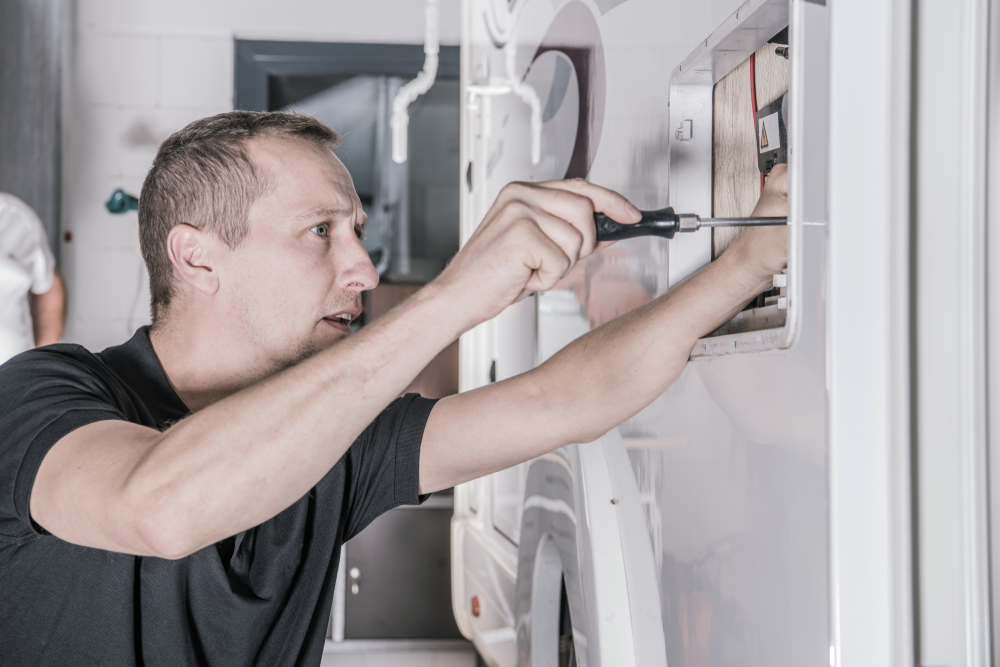
Looking at installing your own 12V products such as a DC-DC charger and shunt? Our 12V Guru discusses connectors and what you need to know here
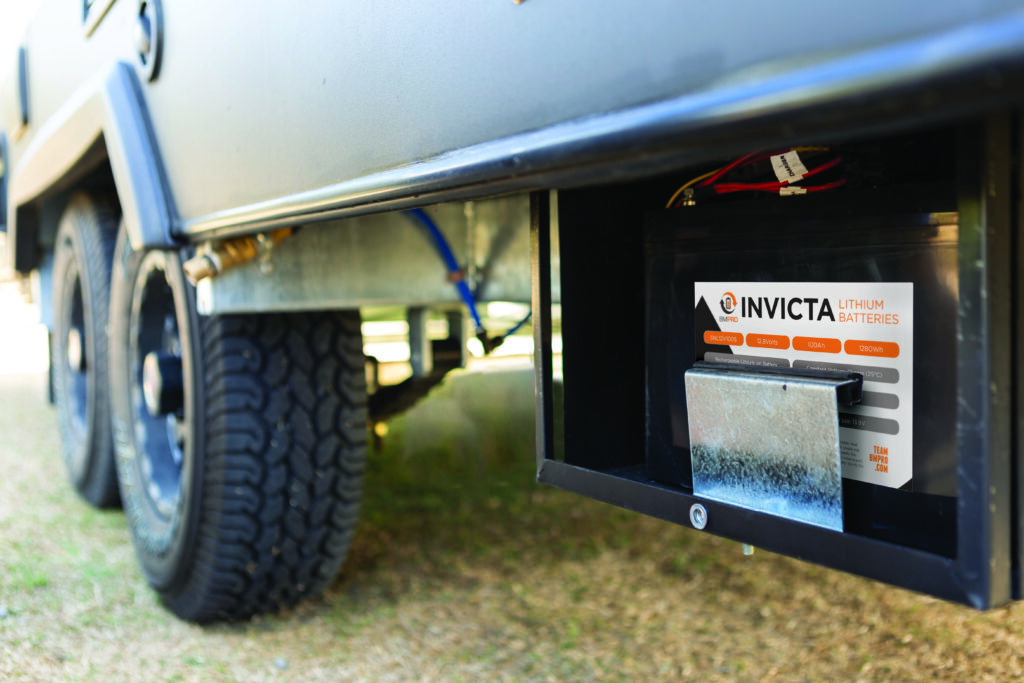
This is a guide to help understand the requirements of the new standard in relation to lithium battery

© 2020